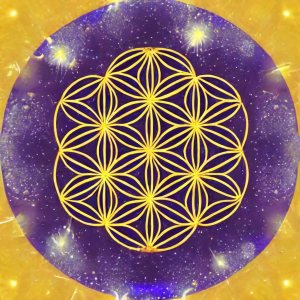
Several weeks ago I went to a local Native Plant Society “Seed Swap”. I had a wonderful time. I left with a blue paper bag full of carefully labeled pollinator plant seeds, a 2025 Soil Conservation Calendar as well as color-coded pages that showed the best time to plant each pollinator. I also collected several excellent handouts about planting for Monarch Butterflies. And, I won a brand new garden trowel !!!
Several weeks before that I found 3 “free” books in my neighborhood library. These were All about Alternative Pollinators, The Complete Book of North American Butterflies, and The Beginners Guide to Bats !!! I scooped up those books and took them home. All very exciting for learning more about how to care for Creation! I started reading All about Alternative Pollinators because we know the Honey Bee population has been diminishing for many years. We also know we need Prodigious Pollinators to have sufficient food production.
Honey Bees are certainly prodigious and they are struggling to survive! The increased use of insecticides and herbicides is one of the main reasons for the decline of Honey Bee populations. No matter how diligent and watchful Beekeepers are, their bees can be easily exposed to toxins. This is because Honey Bees often fly 1 to 3 miles per day to reach flowers with the most pollen and nectar. In their travels, they may cross fields that have been recently sprayed with toxins! Or the spray from neighboring fields or even crops 2 to 3 miles away may reach the hives.
A large, healthy Honey Bee colony can have as many as 50,000 adult bees! The Queen Bee can potentially lay as many as 1,000 eggs per day! And, all these baby bee larvae need protein-rich royal jelly for the first 5 days in for them to thrive! Royal jelly is a creamy, yellowish-white substance produced by honey bees.
Nurse bees feed royal jelly to larvae for the first three days after hatching. Royal jelly is also fed to the developing queen bee throughout her life. This diet can allow the queen bee to live up to five years, while worker bees typically live for about 45 days. The hive is kept busy gathering nectar and pollen to feed the queen and the growing larva! If the worker bees are exposed to any toxins, the entire colony can be wiped out in a matter of hours! Beekeepers, anyone who uses bees for pollination, and those of us who love honey are seriously committed to caring for the European Honey Bee.
There are alternative pollinators. They do not live in hives and they do not produce honey! But they do pollinate! And, they are not well-known. These pollinators include Bumble Bees, Mason Bees, the Alfalfa Leafcutter Bee, Sweat Bees, and the Shaggyfuzzy Foot Bee! These bees are usually solitary and may live underground. They are difficult to detect, but they can be encouraged to live in your garden or your yard by studying their habits and by growing their favorite plants.
This is a great time of year to put in a Pollinator Garden that will flourish and produce blossoms in the Spring. There are great resources for gardening. Look up your state’s Native Plant Society. Do a search for city community gardens, your state Department of Natural Resources, or check with the Nature Conservancy or Sierra Club. They are often a great resource for referrals. Once you start looking, you will probably find all kinds of great resources!
We are looking forward to seeing your Personal Pollinator Garden this Spring !!!
No comments yet. Be the first to say something!